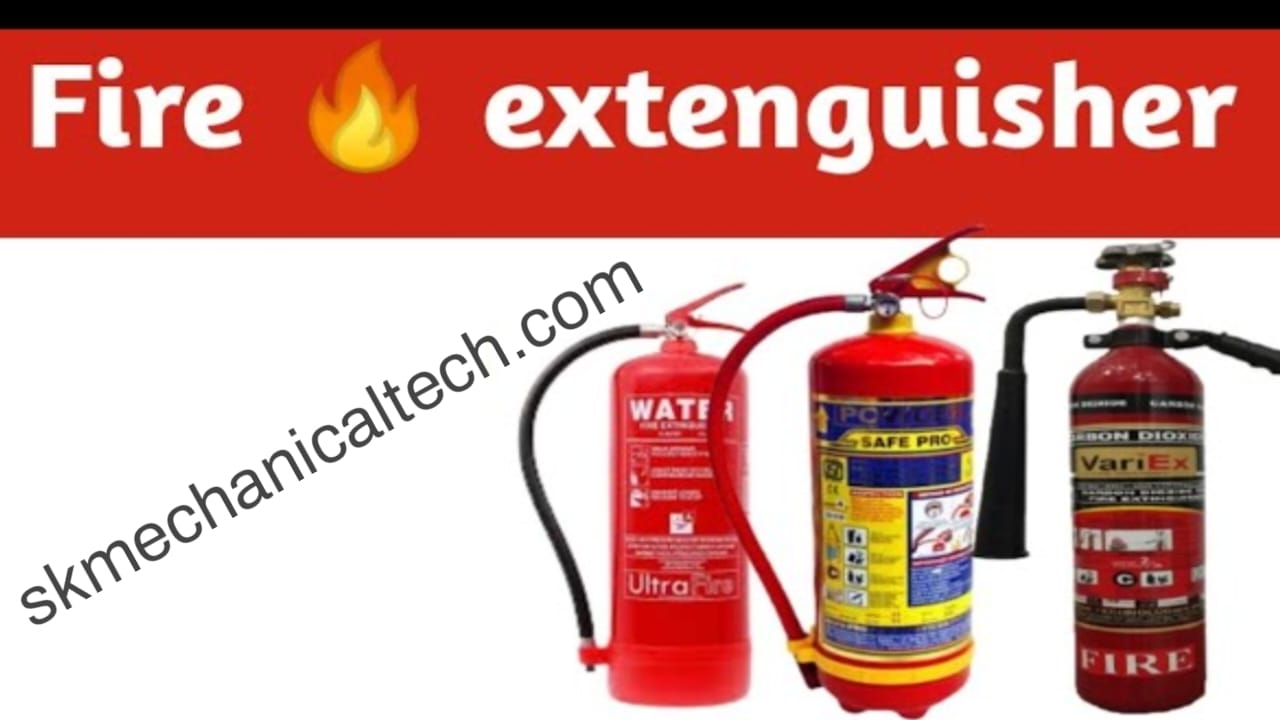Introduction-
In the event of a fire, every second counts. The ability to react swiftly and effectively can mean the difference between a manageable incident and a devastating catastrophe. Fire extinguishers are an essential tool designed to help people control small fires, preventing them from escalating into unmanageable disasters. In this blog, we will explore the importance of fire extinguishers, their types, and how to use them effectively to protect lives and property.
-
The Fire Triangle and Fire Classes
Before delving into fire extinguishers, it’s crucial to understand the basics of fire. Fires are the result of three components: heat, fuel, and oxygen. When these three elements combine, they form what is known as the fire triangle. Removing any one of these components can help control or extinguish a fire.
Types of fire extinguishers and their uses
- Class A: Fires involving ordinary combustible materials like wood, paper, cloth, and plastics.
- Class B: Fires fueled by flammable liquids such as gasoline, oil, and grease.
- Class C: Fires ignited in electrical equipment, appliances, or wiring.
- Class D: Fires fueled by combustible metals like magnesium, titanium, and potassium.
- Class K: Fires involving cooking oils and fats, commonly found in commercial kitchens.

- The Fire Extinguisher: A Vital Defense
Fire extinguishers are portable devices designed to put out small fires in their initial stages. They work by discharging a fire-suppressing agent onto the flames, disrupting the fire triangle and effectively extinguishing the fire. The prompt and proper use of fire extinguishers can save lives, prevent property damage, and minimize the environmental impact of fires.
-
Types of Fire Extinguishers
Various fire extinguishers are available, each designed to combat specific fire classes. Understanding the different types and their applications is crucial to choosing the right one for your needs:
a. Water-based extinguishers (Class A): These extinguishers use water to cool down and extinguish fires fueled by ordinary combustible materials. They are not suitable for flammable liquid or electrical fires, as water can conduct electricity.
b. Foam extinguishers (Class A and B): Foam extinguishers are effective against Class A and Class B fires. They create a barrier between the fire and the air, smothering it and preventing re-ignition.
c. Carbon dioxide (CO2) extinguishers (Class B and C): CO2 extinguishers displace oxygen, effectively suffocating the fire. They are suitable for flammable liquid and electrical fires but not recommended for Class A fires, as they may not cool the fuel enough to prevent re-ignition.
d. Dry chemical extinguishers (Class A, B, and C): These extinguishers use a fine powder to interrupt the chemical reaction of the fire. They are versatile and can handle Class A, B, and C fires, but the residue may be corrosive and require cleanup after use.
e. Class D extinguishers (Class D): Class D fires involving combustible metals require specialized extinguishers designed for the specific metal involved. They are not commonly found in general settings.
f. Wet chemical extinguishers (Class K): Specifically designed for Class K fires in commercial kitchens, these extinguishers react with cooking oils and fats to create a soapy foam that cools the fuel and prevents re-ignition.
read more
-
How to Use a Fire Extinguisher
Having a fire extinguisher is only beneficial if you know how to use it correctly. The PASS method is the most widely recommended technique for using a fire extinguisher effectively:
- P: Pull the pin on the extinguisher, breaking the tamper seal.
- A: Aim the nozzle or hose at the base of the fire, not the flames.
- S: Squeeze the handle to discharge the extinguishing agent.
- S: Sweep from side to side, covering the entire base of the fire until it’s out.
Remember to maintain a safe distance from the fire and be cautious of the direction of the wind, as it may spread the flames or the extinguishing agent.
- Fire Extinguisher Maintenance and Inspection
Proper maintenance and regular inspection of fire extinguishers are crucial to ensure they function correctly when needed. Some important points to consider include:
- Regular visual checks for any signs of damage, corrosion, or leakage.
- Ensuring the pressure gauge is within the recommended range.
- Verifying the pull-pin and tamper seal are intact.
- Checking the extinguisher’s location for accessibility and visibility.
- Scheduling professional inspections and servicing as recommended by the manufacturer.
- Fire Safety and Prevention
While fire extinguishers are essential tools, preventing fires from occurring in the first place should always be the priority. Some general fire safety tips include:
- Installing smoke detectors in key areas of your home or workplace.
- Developing and practicing a fire escape plan with your family or colleagues.
- Keeping flammable materials away from ignition sources.
- Never leaving cooking or candles unattended.
- Ensuring proper electrical maintenance and avoiding overloaded circuits.
Conclusion
Fire extinguishers are indispensable lifesaving tools that everyone should have access to in their homes, workplaces, and public spaces. Knowing how to use them properly can make a significant difference in mitigating the impact of fires. However, fire safety goes beyond having a fire extinguisher; it involves understanding fire classes, implementing preventive measures, and being prepared to respond swiftly in case of emergencies. By educating ourselves and those around us about fire safety and the proper use of fire extinguishers, we can better protect our lives, property, and the environment from the destructive force of fires.
